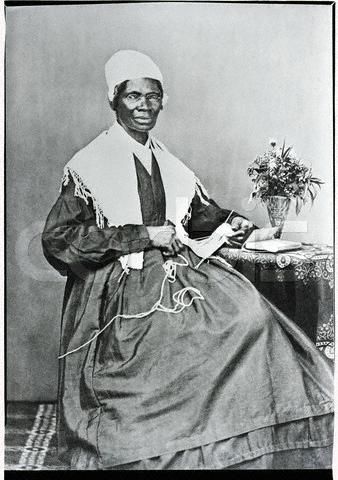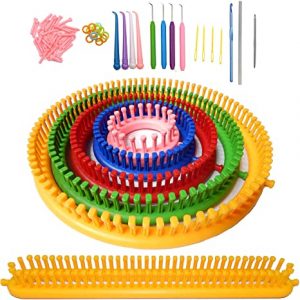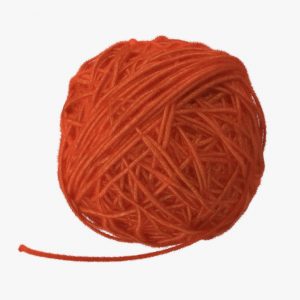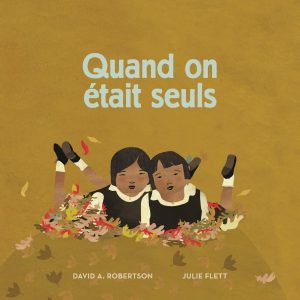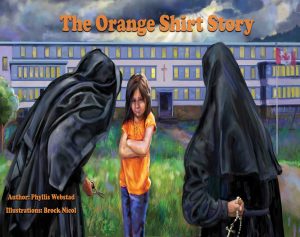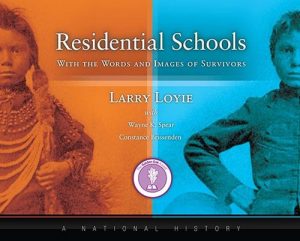With three weeks left until the winter break, it is a great time to introduce a new project to help us remain calm and carefree. For many people, knitting is used as a relaxing pastime to calm emotions and focus energy and I have seen it have a great impact at school. I currently work with 25 students at my middle school on developing knitting, crocheting, and loom knitting skills once a week. Some students are also working on designing their own patterns and projects. The hour and a half that we knit is a relaxing and calm sanctuary in a very hectic week for both staff and students.
I took up knitting very randomly about a decade ago when I decided to knit a Dr. Who scarf for my partner. For those that are not fans of the long running TV show, it was a pretty unusual first project. The scarf is incredibly long and a fairly big project for a beginner! Although, my mother, sister and grandmother all had a long history of knitting, I had never started. With YouTube to help, I taught myself the first three stiches and away I went. Miraculously, the scarf was completed, and I was pleased with the result and never looked back. Since then, I have knit a variety of projects and have passed on the love of knitting to my students. It really helps me refocus my anxious energy and gives me a sense of accomplishment which is how I hope my students feel as well.
Every year, I also instruct my class in knitting, crocheting and loom knitting as an art project. When I was preparing the first time to introduce the artform to my class, I realized very quickly that there was a problem. The majority of the instructional videos on YouTube and other platforms did not reflect the gender, race, culture or age of my students. I also tried to buy knitting magazines and books but ran into similar problems. According to a New York Times article about Black Female Knitters and the history of racism in knitting “After scrolling through nearly 1,400 images of paintings and photos of people knitting on Google Arts and Culture, Ms. Kern found only two who were Black.” One of the images was of Sojourner Truth seen here: (https://www.nytimes.com/2021/03/05/style/knitting-hobby-black-women.html)
My students were fairly skeptical about this new artform as it seemed no one they could relate to did crocheting or knitting. Then along came Jonah Larson. A couple of years ago, a young man named Jonah Larson became famous for his unbelievable speed at crocheting! (I wish I could crochet at half the speed he does) I now use some of his instructional videos and interviews in class to change the way that the history of crocheting and knitting is being presented. He is young American who was adopted from Ethiopia. His talent is incredible and inspiring and my students really enjoy his videos. A couple of his videos are here:
If you would like to try knitting or crocheting with your class you will need a few items to get started:
A crochet hook/a loom/knitting needles (For students that struggle with hand-eye coordination, loom knitting is probably the best choice)
Scissors
A couple of darning needles for the whole class
A ball of yarn per person
Some technology devices to watch instructional videos.
No matter what materials your students have access to, the best project to start with is a facecloth. There are thousands of patterns online for knitting, crocheting, loom knitting and hand knitting a facecloth that your class can use to get started. At the beginning, there may be a lot of frustration and the students will need to have a lot of perseverance. I encourage students to work as a collaborative team and get up, move around and help each other until all students are successful. As mentioned above, for students that you may anticipate having challenges with fine motor skills, my experience has been that loom knitting can be very successful.
Ultimately, teaching a skill that students may use in the future to help with anxiety and stress can be an important tool for their future happiness.
Happy knitting and crocheting!!

